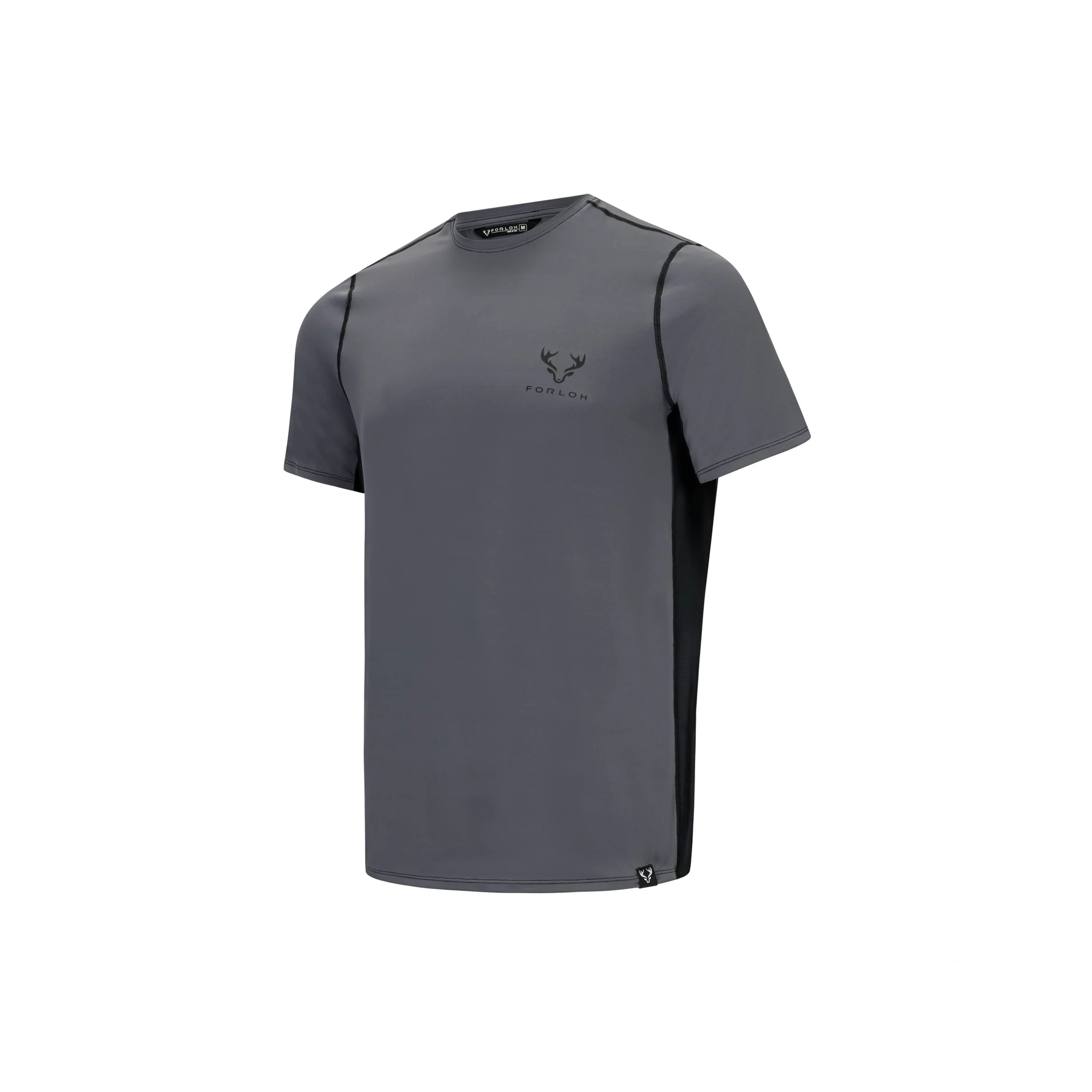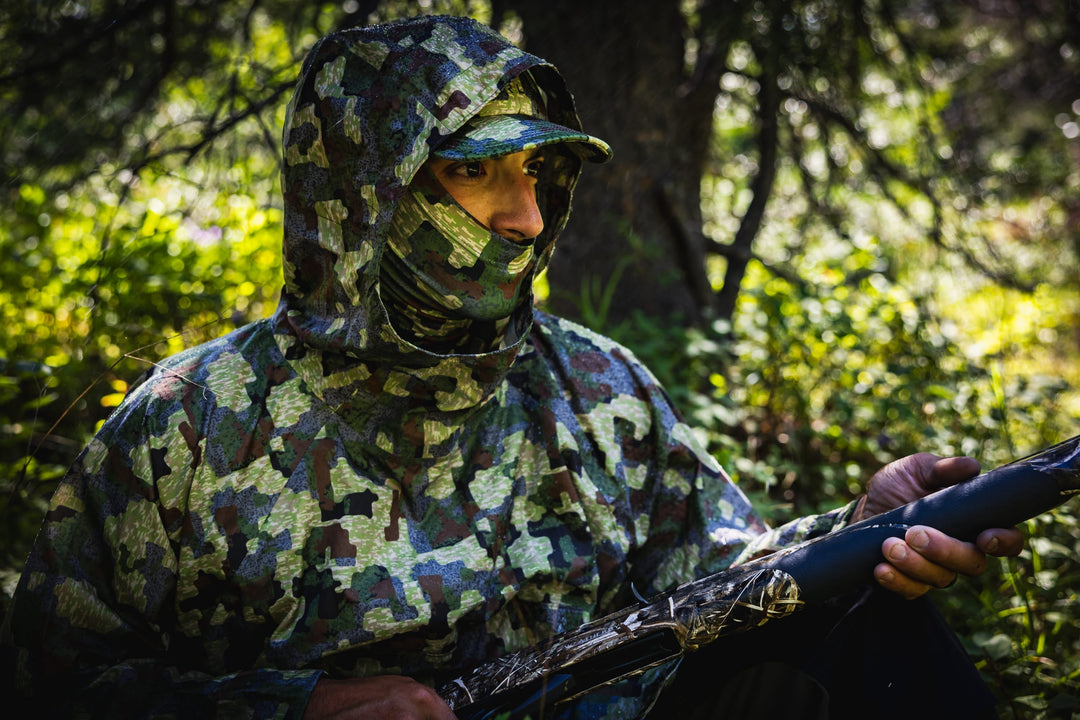'Made in America’ is a catchphrase of sorts. Brands that manufacture in the U.S. often fly the flag that it’s about creating American jobs. And that’s true.
But as much as it’s about providing jobs in the U.S., it’s also about changing the overall manufacturing process for a larger positive gain. Done right, manufacturing in the U.S. can lead to better innovation and it can help shorten the standard timelines for building products so that they can get to market faster. Ultimately, that means more jobs in America as well as consumers getting more up-to-date technologies more quickly. When building a hunting, fishing, and outdoor apparel brand from the ground up, made in America was one aspect that FORLOH was not willing to cut corners on.
One might ask: “if that’s true, then why aren’t most U.S. brands aren’t doing it?” Let’s be clear – manufacturing specialized products like high-end technical apparel in the U.S. is not without its challenges. The supply chain has evolved over the last several decades in a certain way, with most outdoor apparel products today made overseas. Getting away from “the way things are done” often presents roadblocks to doing them in a different way.
FORLOH, however, is committed to doing them differently – and to create a greater role for U.S. manufacturing of technical apparel in the process.
“We got fed up with how things were done, so we’re using FORLOH to help create the change that we want to see,” said Robert Yturri, who heads the company’s product development efforts. “Don’t think of us as just a hunting apparel company. We want to offer a premium product made in the USA that really does come from the heart of systematic change.”
Yturri has seen a lot in his 30-plus years in the outdoor and hunting apparel industries. He’s worked with brands as varied as The North Face, Black Diamond, KUIU, Spyder, and Obermeyer, creating cutting-edge products for all manner of outdoor activities – skiing to hunting, hiking to climbing.
He had a front-row seat through the late 1980's and 1990's as the vast majority of the technical apparel industry in the U.S. shifted production from American factories to overseas production. At the time it was largely for cost reasons, namely the availability of less-expensive labor in other parts of the world. But that shift also led to overseas manufacturers being the ones leading the way in offering leading-edge apparel technologies and manufacturing processes. As they became the de facto places where brands made products, they naturally were the ones coming up with the most up-to-date product advancements.
But overseas production comes with some downsides. Those include lower environmental standards for pollution as well as lower labor standards for workers in other countries. And, when shipping products from other parts of the world, tariffs add costs, so brands then have to pay much more attention to the ever-shifting dynamics of international politics. Many are caught in that quagmire today. Overseas production also means longer timelines for products to get to market.
Because most brands manufacture in places that are far from the U.S., it takes a long time for prototypes to make their way back and forth, for finished products to be shipped to market, and to secure manufacturing capacity in the same production facilities where many of your competitors’ products are also being made. The standard production cycle for new products is 18 months or more from conception to being available for consumers to purchase.
That means by the time consumers get new products, they are 18 months behind the most current technology. Moreover, brands working on these long production cycles have to take their best guess at the amount of products they need to have available to meet demand. They place an order long before they know the actual demand, and then ship that product to a warehouse to store it, hoping the demand will be there. If demand is less than the amount of product they made - common in all aspects of the apparel business – that creates waste.
FORLOH founder Andy Techmanski doesn’t have Yturri’s background with apparel supply chains, but he shares the belief that – given all the downsides to making products overseas – bringing manufacturing back to the U.S. offers a better path forward.
“When we started, Andy said to me, I want to be 100% made in the USA – no shortcuts,” said Yturri. “He’s from the mentality that if it’s easy, it’s probably not worth doing. He’s a great partner in that he’s uncompromising. He pushes us to do better. Andy likes to say ‘we’re not a hunting company, we are a technology company that makes hunting products.’ And that is true.”
Along with the manufacturing itself, a lot of the fabrics and technology manufacturers for technical apparel are also in other parts of the world. Yturri said apparel brands often come to those manufacturers and tell them what they are looking to achieve in a particular product. They are then presented with a range of options they can choose from.
Because so much of technical apparel manufacturing has moved offshore one of the challenges was that the “off-the-shelf” technology options for FORLOH within the U.S. were limited. So the team had to pivot and look outside of the apparel manufacturing world. Instead, through Yturri and other FORLOH product managers’ deep rolodex of supply chain contacts, FORLOH looked to bring in technologies from other companies located in the U.S. that had the innovation capabilities but didn’t operate in the apparel industry.
Those included companies that knew how to work with things like waterproof membranes or fabric, but instead worked with such materials for industrial uses or other applications. It also sourced technologies from the automotive and aerospace sectors. In some cases, FORLOH found unique options that left the team scratching their heads and asking, why isn’t anyone already using this?
The case of the waterproof membrane is an interesting one, according to Yturri, because it was a co-development process that led to an entirely new way to apply water-repellent treatments to waterproof fabric packages in incredibly small amounts – a technology not on the market until now. Similar to a process called Physical Vapor Deposition (PVD), the technology uses a dry vacuum chamber with an electrical charge to bond DWR to the fabric, resulting in a higher-performing waterproof fabric. The benefit is that FORLOH is able to achieve a very high waterproof measurement paired with top-level breathability and air permeability ratings – things that have previously been mutually exclusive in outdoor apparel.
“These kinds of collaborative partnerships, you don’t get them offshore,” Yturri said. “In this case, we co-invented this technology for apparel by working with our manufacturing partner. So in situations like this, we can make what we want to make, versus having to choose from off-the-shelf options, and also not knowing what other contracts they may have in place and thus who else might be using that technology. I feel like we’ve unearthed this Pandora’s box.”
FORLOH’s unique manufacturing structure in the U.S. also means less of the red tape associated with working overseas. FORLOH can purchase the raw materials it needs for its products, store them, and produce closer to home as demand warrants, versus having to produce and sit on a large stock of pre-made inventory.
That means that FORLOH is able to be more nimble, turning around new products in the span of a couple months versus the typical year-and-a-half development cycle. So it can respond to feedback and demands from consumers for new kinds of products, as well as new technologies that are available, much more quickly. This also means they produce less waste by creating a surplus of product that is not needed.
As FORLOH grows, Yturri envisions working with the technology providers and manufacturers in the U.S. to continue to push the level of innovation and grow the overall amount of technology available through the U.S. supply chain. To him, that will be a win for both the brand and for America.
“Made in the USA is just the beginning,” he says. “I’ve seen more in this past year than I’ve seen in a long career. We’ve made the most of what is here in the U.S. today, and we’re going to improve on it. This is really about reinventing made in the USA. This is the next step beyond made in the USA.”







